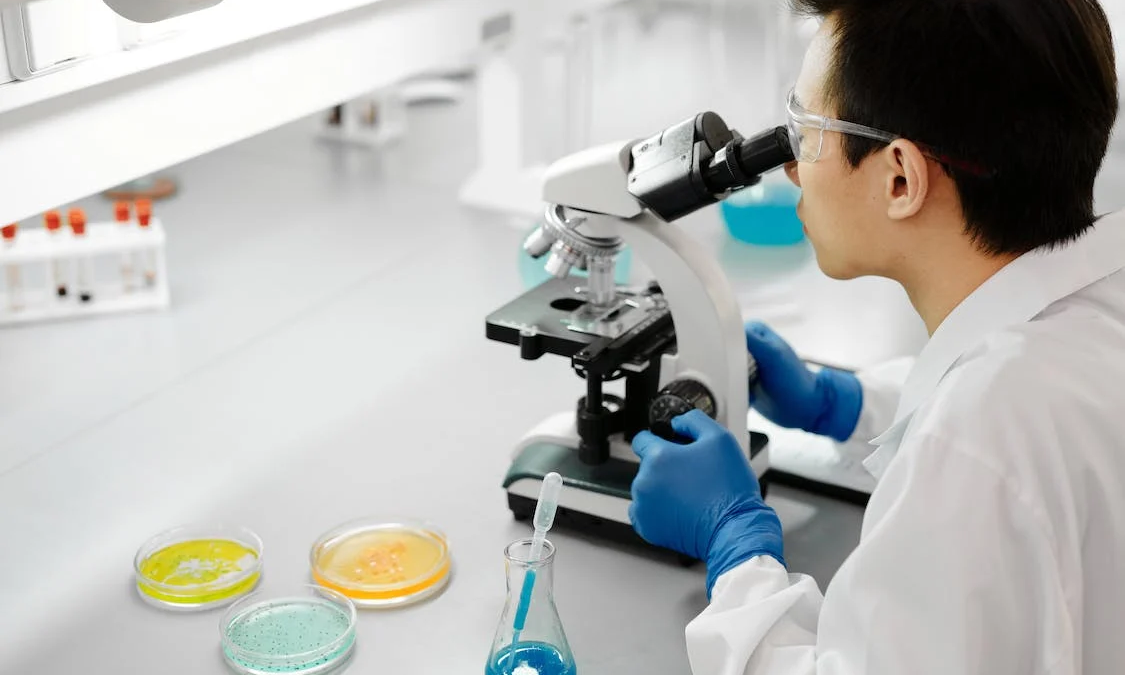Amoebas are fascinating unicellular organisms classified under the Protista Kingdom. Have you ever looked at them through a microscope? If yes, then you must have noticed their jelly-like bodies and changing shape.
Did you know that there’s an interesting reason behind their distinct physical composition? Unlike most microorganisms, amoeba lacks a definite structure. That’s because these organisms use crawling motion – the amoeboid movement to capture their food.
Amoeba thrives in wet soils or aquatic environments. Certain amoebas are parasitic and inhabit the bodies of humans and animals.
Blades Biological Ltd is one of the best biology science suppliers where you can buy various living organisms like Amoeba proteus, daphnia pulex, and Scenedesmus quadricauda. Science enthusiasts and teachers can also browse their collection of bacterial cultures, Carolina Biological Supplies, and other preserved specimens for further research.
Continue reading to join our fascinating discussion on the food and digestion of Amoeba proteus.
Amoeba Proteus’ Food Source
Amoeba proteus feeds on various microorganisms, primarily bacteria, algae, and small protozoans. As a heterotrophic organism, Amoeba proteus obtains its nutrition by ingesting organic matter from its surrounding environment.
In its natural habitat, which includes freshwater environments such as ponds, lakes, and streams, Amoeba proteus actively seeks out its food sources. It uses chemotaxis, a process of detecting and moving towards chemical signals, to locate potential prey. The chemical signals may be released by microorganisms present in the environment, indicating the presence of suitable food sources.
The Food Acquisition Of Amoeba Proteus
As an amoeboid protozoan, it obtains its food through a process known as phagocytosis and carries out digestion intracellularly. Amoeba proteus is a heterotrophic organism, meaning it obtains its nutrition from organic matter in its environment. It feeds on several microorganisms, including bacteria, algae, and small protozoans.
Let’s discuss the steps of food acquisition and digestion in detail:
1. Phagocytosis
Phagocytosis is the primary method by which Amoeba proteus captures and engulfs its food. The process begins with the amoeba extending its pseudopods, temporary projections of the cell membrane, towards its prey. Through chemotaxis, it detects chemical signals released by potential food sources and moves toward them. Once in contact with the prey, the amoeba forms a temporary extension called a pseudopodial lobe, which surrounds the food particle.
2. Engulfment
Amoeba proteus then continues to extend its pseudopods around the food particle until it is entirely enclosed within a structure called a food vacuole. The food vacuole separates from the cell membrane, becoming an intracellular compartment within the amoeba’s cytoplasm.
How Amoeba Proteus Digests Its Food
The digestion of the engulfed food takes place within the food vacuole through a series of biochemical processes. Read on to learn more about these steps.
1. Enzymatic Digestion:
Once the food particle is enclosed within the food vacuole, Amoeba proteus secretes digestive enzymes into the vacuole. These enzymes, such as proteases, lipases, and carbohydrates, break down complex organic molecules, such as proteins, lipids, and carbohydrates, into smaller, simpler compounds.
2. Intracellular Digestion:
Within the food vacuole, the enzymes act on the engulfed food, breaking it down into soluble nutrients. The resulting smaller molecules, such as amino acids, simple sugars, and fatty acids, are then absorbed through the vacuole membrane into the cytoplasm of the amoeba.
3. Nutrient Utilisation:
The absorbed nutrients are utilised by the amoeba for energy production, growth, and various cellular processes. These nutrients are transported to different parts of the cell for metabolic reactions and to support the amoeba’s life functions.
4. Waste Elimination:
After digestion and nutrient absorption, undigested remains and waste materials are eliminated from the amoeba’s body through exocytosis. The residual waste is expelled from the cell by fusing the food vacuole with the cell membrane, releasing the waste outside the amoeba.
Buy Live Amoeba Proteus And Its Microscope Slide Sets From Blades Biological
Dive into the fascinating world of Amoeba proteus with Blades Biological! They offer living Amoeba proteus cultures and accompanying microscope slide sets for your scientific exploration.
By purchasing their live Amoeba proteus, you can observe these remarkable unicellular organisms up close and witness their dynamic movements and feeding behaviours. Their microscope slide sets provide a valuable educational resource, allowing you to study the intricate structures and life processes of Amoeba proteus under the microscope.
Whether you are a student, researcher, or science enthusiast, Blade Biological’s live cultures and microscope slides offer a unique opportunity to delve into the captivating world of this protozoan.
Contact them now to buy live Amoeba proteus and microscope slide sets, and embark on a journey of discovery into the fascinating realm of these remarkable organisms.


